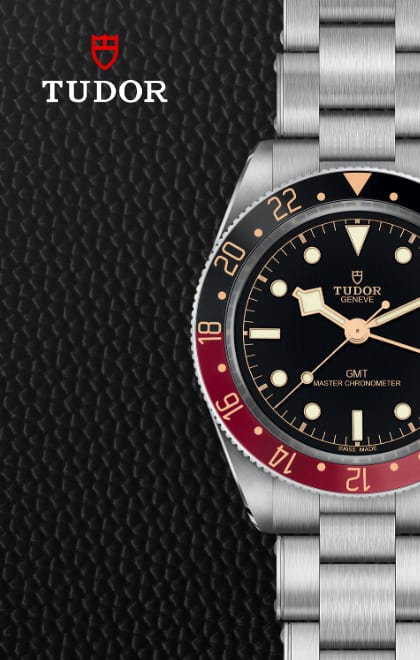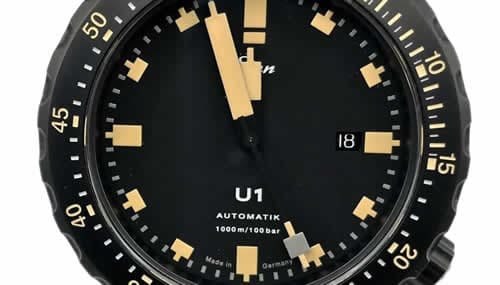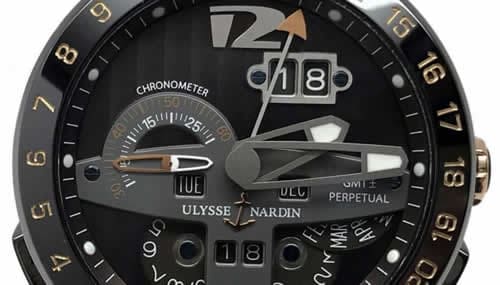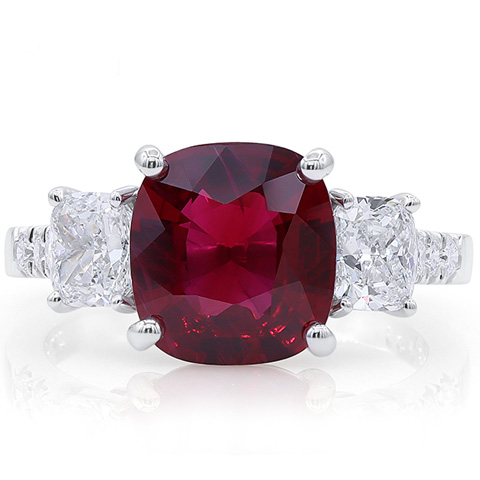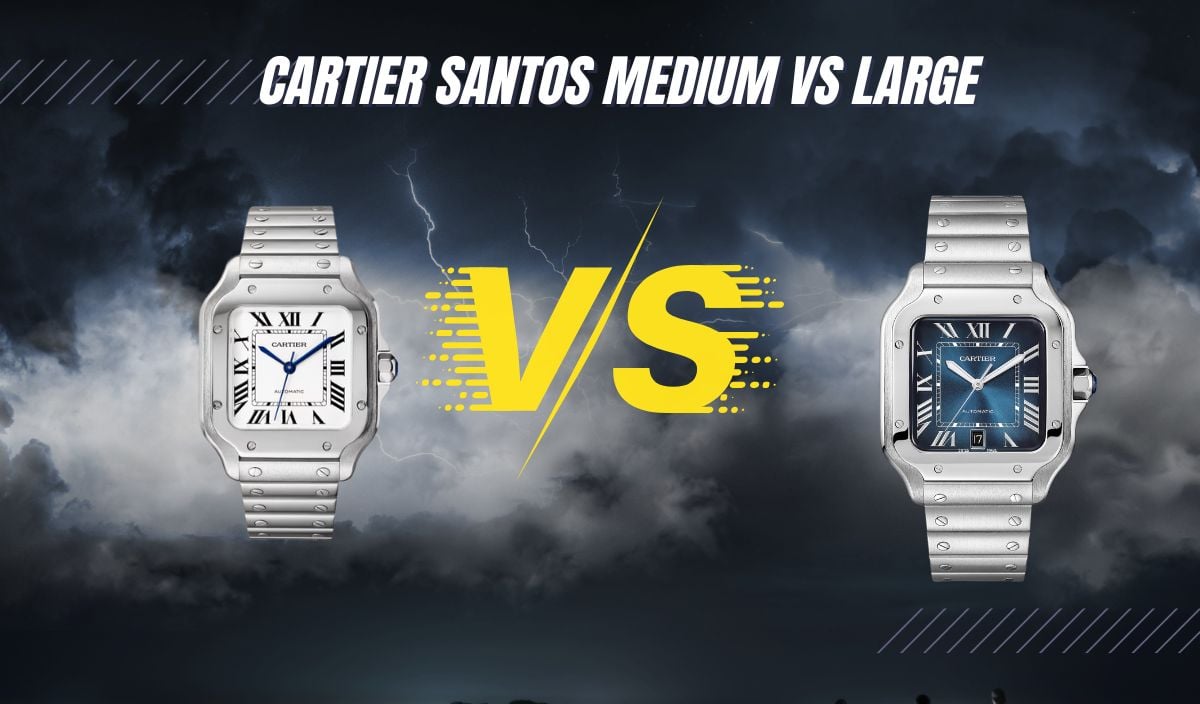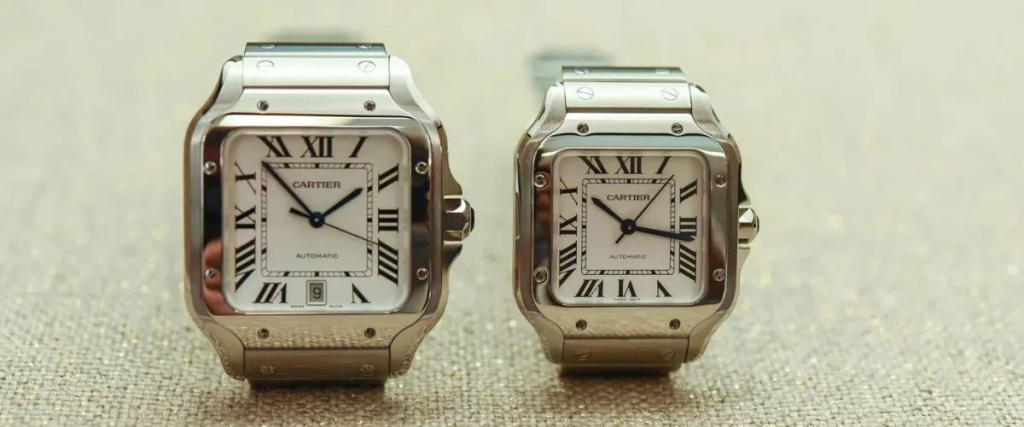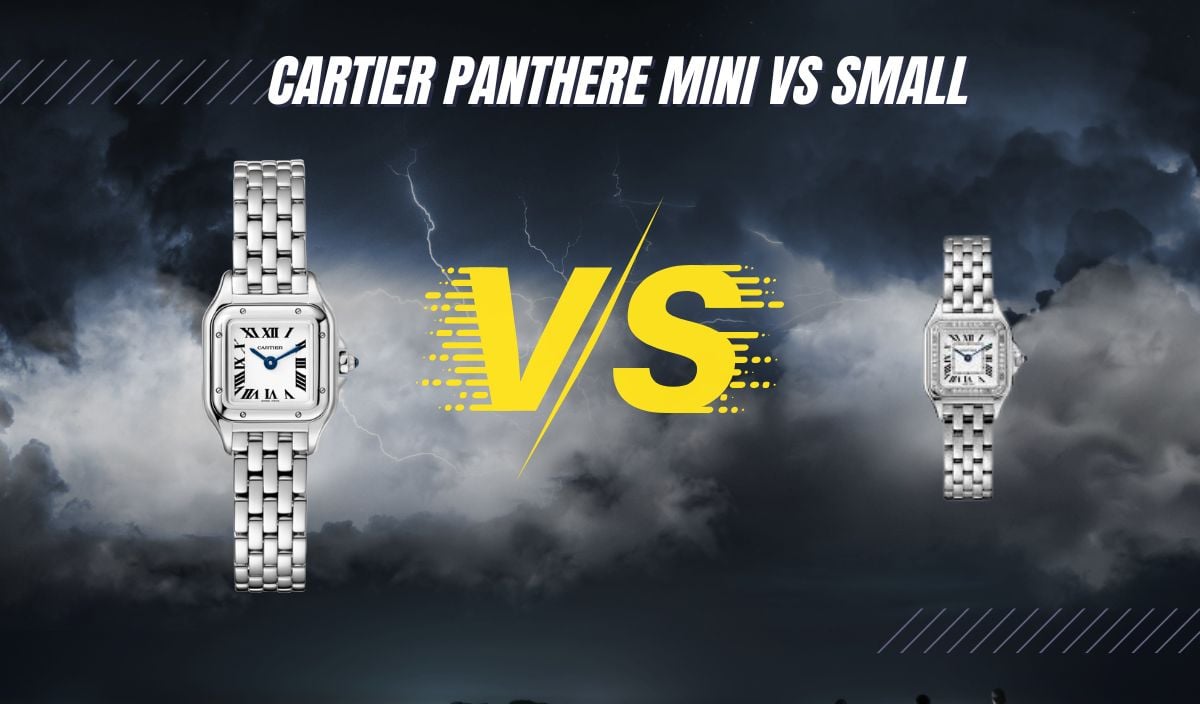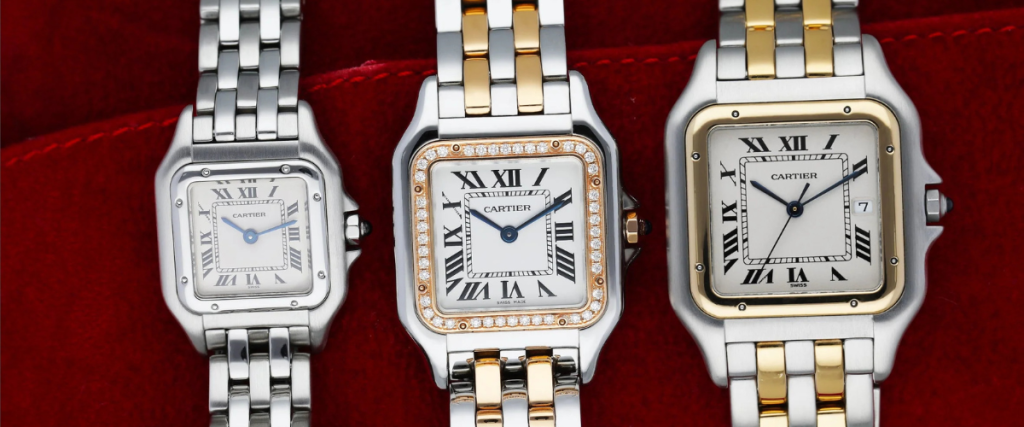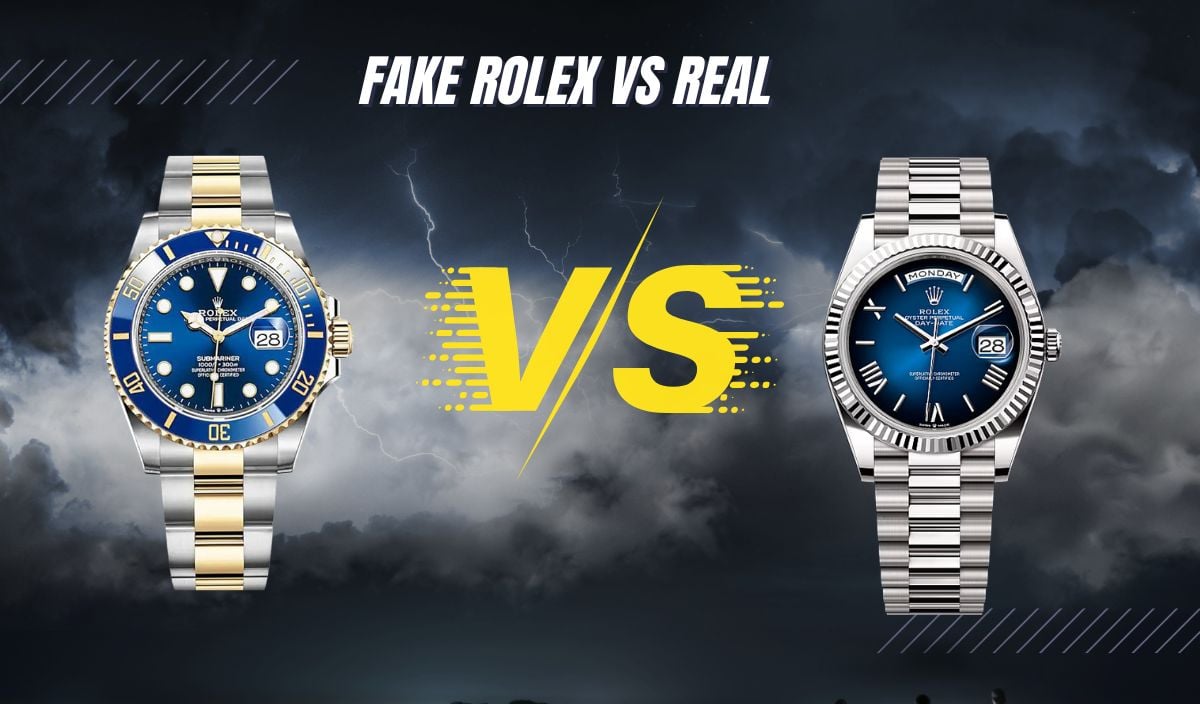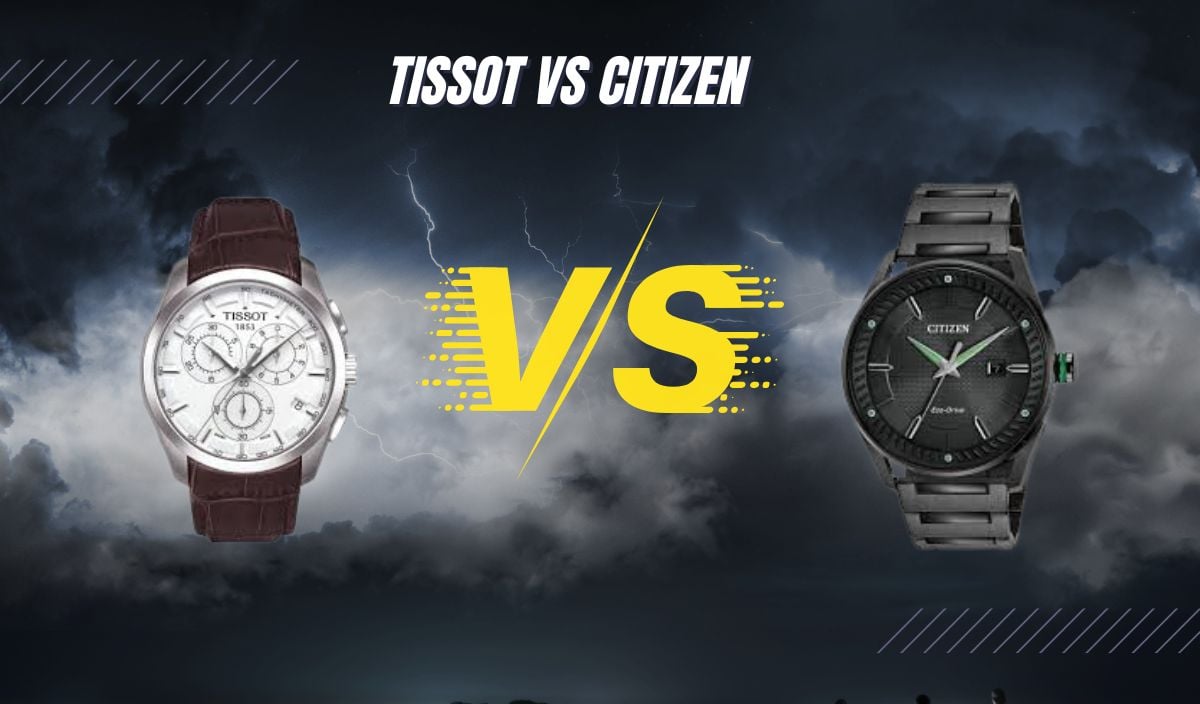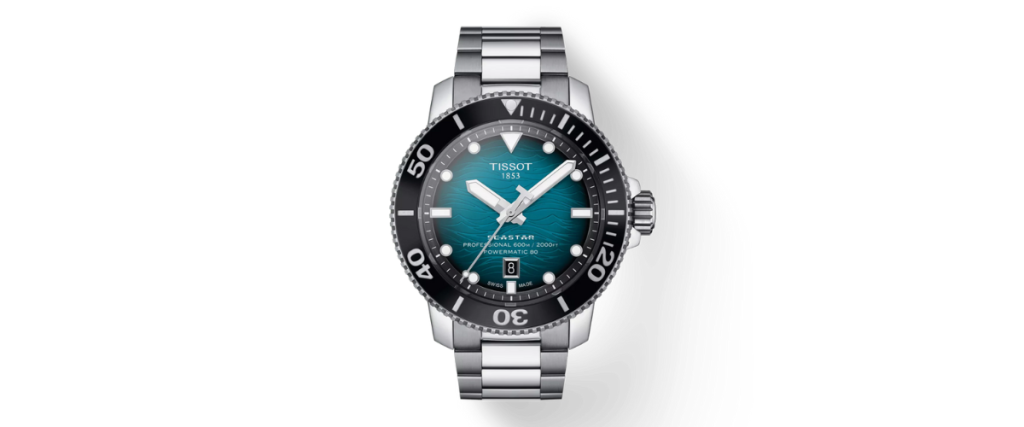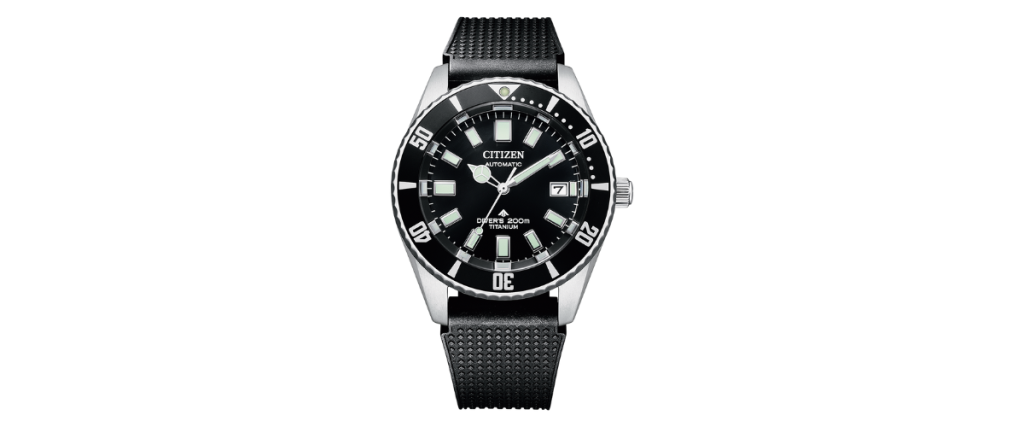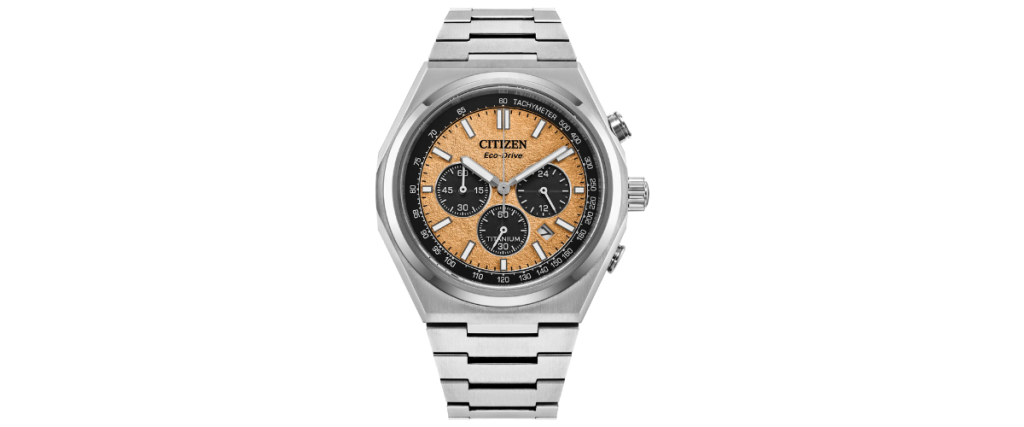
In the collecting world today, there’s an ocean of interest around dive watches of all shapes and forms, from the extremes of the Omega Ploprof to the more restrained iconic Rolex Submariner. In this tide of options and similarity, it’s nearly impossible for a newcomer to stand apart from the crowd—yet I’ve found that the Longines HydroConquest GMT does just that, in a subtle but endearing manner that sets it charmingly apart from both the flights of travel watches and waves of dive watches that surround it. Its tool-like but elegant nature makes it a great everyday wear, coupled with intense functionality.
History
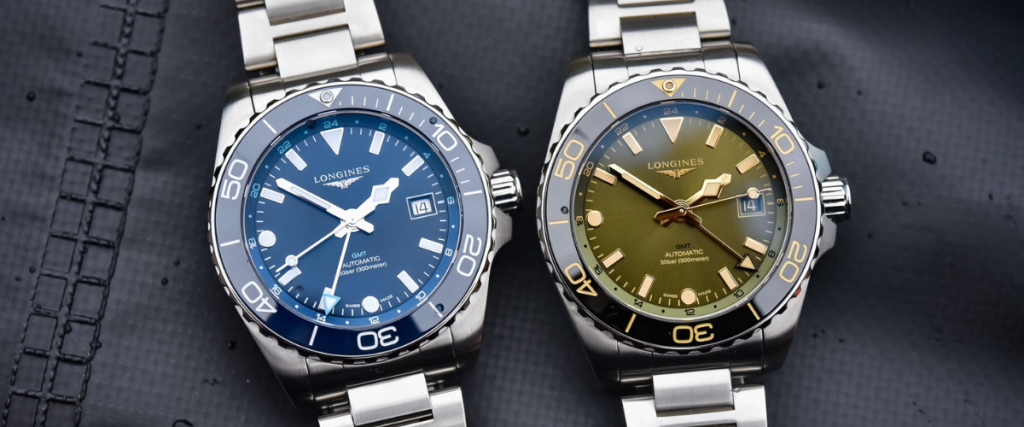
As it turns out, Longines as a brand has perhaps the strongest link to GMT watches as a whole, which makes the HydroConquest GMT a particularly compelling piece thanks to the historical legacy that it plays a part in. The first watch ever to feature two time zones was a Longines pocket watch made in 1911, and they would continue this travel-focused trend with the first GMT wristwatches in 1925.
Longines today has continued their emphasis on GMT and travel watches with several different collections featuring this complication, including the Spirit Zulu Time GMT, the Master Collection GMT, and finally, the HydroConquest GMT.
Important to note as well is that the HydroConquest GMT is a modification of the original HydroConquest line, which is the standard Longines dive watch. Overall, I see it as an upgrade to go from the original dive watch functionality to maintaining all those aquatic features with the addition of the GMT function. As a whole, this is a spectacular watch on its own that also stands within a broad historical context of advanced development in GMT functions by Longines.
Case
The HydroConquest GMT is nothing if not a purpose-built tool, and its simple steel case reflects that in every way. One of the first design details to catch my eye upon first seeing it was the large sloping crown guards. Crown guards can easily stand out harshly against the rest of the design if they’re added as an afterthought to protect the vulnerable crown. In this case (pun intended), it’s clear that Longines very intentionally included them as a part of the design, as they flow very seamlessly into the case itself and clearly reference the shape of the lugs. They’re also quite restrained and don’t block the usage of the crown itself for winding.
As a whole, the case is uniformly brushed, a very muted effect that adds to the tool-like nature of the piece. This is set in contrast with the few places where a high polish has been applied—namely, the crown and the bezel.
While I’m always a sucker for a healthy dose of visual contrast in different polishing finishes, the choice to set the crown and bezel apart with high polishing does come with consequences. Both of these areas are the places you’ll touch most when interacting with the watch, and the high polish makes them quite a bit slipperier than if they were simply brushed. As such, it can at times be difficult to use these features. That said, the crown does have an extremely smooth winding action, so it won’t require much effort beyond keeping your fingers firmly on it as you wind.
The sapphire crystal is flat and rather simple, but it is also heavily tool-built and utilitarian thanks to the toughness provided by the sapphire. Furthermore, it is coated with several layers both outside and inside with anti-reflective coating, which provides for extreme legibility in almost any situation, even in direct sunlight.
The case itself comes in two sizes depending on the model—some models offer both, and others are available only in one of the two sizes. The options are 41mm and 43mm in diameter, neither one of which is overly large for a tool watch of this nature.
All options are 12.9mm thick—which frankly is not bad at all for a complicated watch such as this! Important to note as well is that the smaller models have a 21mm lug-to-lug measurement for adding replacement straps, while the larger ones are at 22mm. It will certainly be easier to find straps at the more even 22mm measurement, but those with smaller wrists may find the choice of a lesser diameter much more compelling.
The bezel closely matches the dial for each model and as such can be colored or monochromatic. It’s highly polished, which produces a lovely shine against the brushed finish on the case. As a dive bezel rather than a typical GMT bezel—this is, after all, the HydroConquest collection—it is equipped with a 60-minute scale where every five minutes is marked as well as the individual minutes up to 15.
The bezel is unidirectionally rotating to prevent it from accidentally skipping backwards. It’s a great touch that adds functionality whether you intend to use it for diving or just to time how long your casserole should be in the oven.
In all, it’s certainly not a case that is immediately striking as excessively beautiful or dazzling. It’s a tool, just like the rest of the watch, and from the toughness of the steel to the extra crown guards to the coated sapphire crystal, it does its job remarkably well—and even with a touch of elegance.
Dial
With the dial, we get into the real variation in the HydroConquest GMT family. Each dial features a variety of indices to help easily distinguish between the hours—a triangle at 12:00, circles at 6:00 and 9:00, and rectangular markers to fill in all the rest. Note that the 3:00 date window means that there is no marker at this position. The hands are a curious shape, and the hour hand has a certain diamond structure which fits well with the overall theme of shape indices. The GMT hand, likewise, is a simple and legible arrow.
The dial color matches with the bezel on any variant of the HydroConquest GMT, from the colored ones to those which are more plain. A gentle sunburst finish has been applied, allowing for better legibility in the way it captures light as well as another touch of elegance in elevating this watch above a fully utilitarian presentation. The minute track and date window are rendered in the same color as the lume on the indices and hands, which is present in copious amounts for extremely high legibility in low-light situations. In the green and brown dial models, this lume is in a rich cream color meant to evoke the patina of older tritium-lumed dive watches. All models glow a brilliant blue at night, which for me is evocative of the ocean depths as well as being an interesting choice considering that most lume options today are typically green.
The 24-hour GMT track is present only around the dial rehaut and does include a color differentiation between the 12-hour intervals of day and night. Naturally, this is meant to be paired with the GMT hand, which is so long it nearly touches the rehaut for maximum legibility. Unfortunately, the rehaut is rather slim, and I’ve found it can be quite difficult to reference in many situations. That said, I think that with enough use it will become intuitive for any user to determine the GMT hour even without a glance at the rehaut, since it is simply a 24-hour scale and as such there are two hour markings per hour on the dial. Even if this doesn’t become intuitive, it is still a simple matter to reference the rehaut—only it will take an extra moment of attention.
Ultimately, the HydroConquest GMT dial is a key element to tying the watch all together, presenting uniformity with the bezel and adding a delightful boost of charm and refinement to an otherwise utilitarian watch.
Movement
The HydroConquest GMT features the Caliber L884.5, a powerful and accurate GMT movement. What’s important to note, first of all, is that this movement is not in-house. It’s based on the ETA A31.411, and this version of it was not developed by Longines but by ETA. That said, it is exclusive for Longines’ use, so it is at least relatively special to Longines. It’s also clear that in this case the line between in-house and not in-house is rather blurred, as both Longines and ETA are part of the Swatch Group. It’s more like in-neighborhood if not in-house.
The L844.5 is identical to the caliber L844.4 GMT movement used in the Longines Spirit Zulu Time. However, the L844.4 is sent out by Longines to be certified by COSC for accuracy, which means that as these movements are identical, the L844.5 can also be regulated to COSC standards, despite not receiving an official certification. This means that collectors can get a watch with all the prestigious accuracy of a COSC-certified mechanical wonder with none of the price hike that often comes with sending movements out for this certification. I personally find that this is a more than satisfactory trade-off, as COSC certification is truly just a label meant to express the accuracy that wearers will be able to notice anyways.
The Caliber L844 is truly a spectacular movement. It has everything you could ask for from a hardcore traveler’s watch or an advanced dive watch: 300 meters of water resistance, 72 hours of power reserve, and hacking seconds for accurate time setting. It beats at the rather curious rate of 25,200 bph, which is 3.5 beats per second.
The final key detail to note is the L844 has a “true” or “traveler’s” GMT function. This means that the hour hand can be set independently of the others by pulling the crown out to one stop. This means that when traveling the GMT hand can be set to home time and the hour hand can easily be reset to whatever time zone you happen to be in, which allows for very easy and accessible use. Note however that since the one-stop position is taken by the independent hour hand, there is no way to independently change the date apart from rotating the hands. This isn’t a major issue, but it can get a little annoying if you find yourself having to make a big change. In that case, shame on you anyways for not wearing your lovely watch for so long!
Straps
Depending on the specific model you purchase, the HydroConquest GMT collection has a variety of options: rubber, NATO fabric, or a metal bracelet. Of these options, I find the bracelet the most attractive—it adds to the sporty look of the watch in a classy way that a different material can’t quite accomplish. However, it all really depends on what sort of look you’re searching for, and the NATO and rubber are also sporty options that are very versatile and can also add to the overall color palette of the watch, making it a little brighter and more showy.
The bracelet in particular is interesting and while it’s always nice to have an integrated bracelet with a sports watch, I find Longines’ bracelet not quite up to my tastes. It’s strictly utilitarian, just like the rest of the watch, and some will appreciate this visual continuity. To accomplish this utilitarian spirit, Longines finished the entire bracelet in a simple brushing, making it continuous with the case. In my eyes, this makes it a little visually uninteresting, as it’s entirely uniform and there’s no contrasting areas of polish. Again, it’s a choice focused on continuity and utilitarianism above all—people using this watch as it was designed will hardly be interested in having it extra polished when that could be so easily scratched!—and I respect the choice in this respect, even though I do find myself longing for just a touch more shine.
The bracelet, apart from its finishing, has a likewise simple construction. It features a push button clasp which cleanly and easily snaps and releases. Overall, as a tool, it leaves nothing to be desired.
On-Wrist Experience
The Longines HydroConquest GMT is a fantastic companion on any adventure, whether it’s to the office, the depths of the sea, or across the world. That strictly utilitarian nature that Longines strives so hard to push further absolutely shines in many circumstances, especially for those who find themselves living especially adventurous lifestyles.
As I mentioned before, I’m a big fan of the green and brown dial options. I find the colors involved just the right amount of subdued and the way the colors work with the cream lume is a positively delightful combo. I’m also particularly partial to the black dial with orange highlights in a way that I would never have expected as it’s such a monochromatic watch as a whole—yet those orange highlights provide just the right pop of color to make it playful in a simple but effortlessly cool manner.
Having multiple strap options for a watch like this is an absolute must. Each different strap provides a totally different look for the HydroConquest GMT in a way that any true fan of the watch would positively drool over. The bracelet is sporty but classy, while the NATO is inherently adventurous and the rubber takes the sportiness to another level. If you’re feeling adventurous, you could even try it on a leather strap for slightly dressier occasions. Just don’t try to take it to a black tie event!
Price & Availability
The HydroConquest GMT is not a limited edition, so it’ll remain available for a long time. It can be purchased via Longines’ website or in-store, or via Exquisite Timepieces.
Each watch is at a different price point depending on the strap it comes with. NATO strap options are the least expensive at $2,675, while rubber is a slight premium at $2,775 and bracelet at $2,975. Again, I believe the added price of the steel bracelet is a worthwhile price, but it’s also understandable if you prefer the look of the NATO or rubber, which both are a nice touch. For versatility, consider ordering a model on the bracelet and then adding another strap as an option to your purchase.
Conclusion
It’s clearly not for nothing that the HydroConquest GMT enjoys a serious following among dedicated collectors as well as among the general public. Its variety of color options coupled with extreme functionality and relatively affordable price are all wildly endearing characteristics, and any discerning collector would be remiss to pass this one up.


